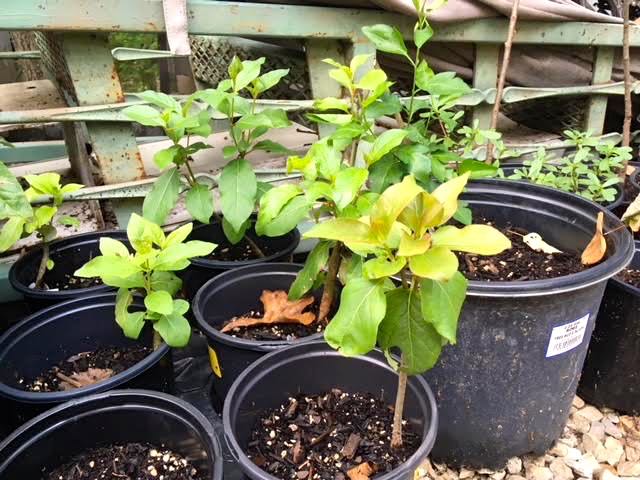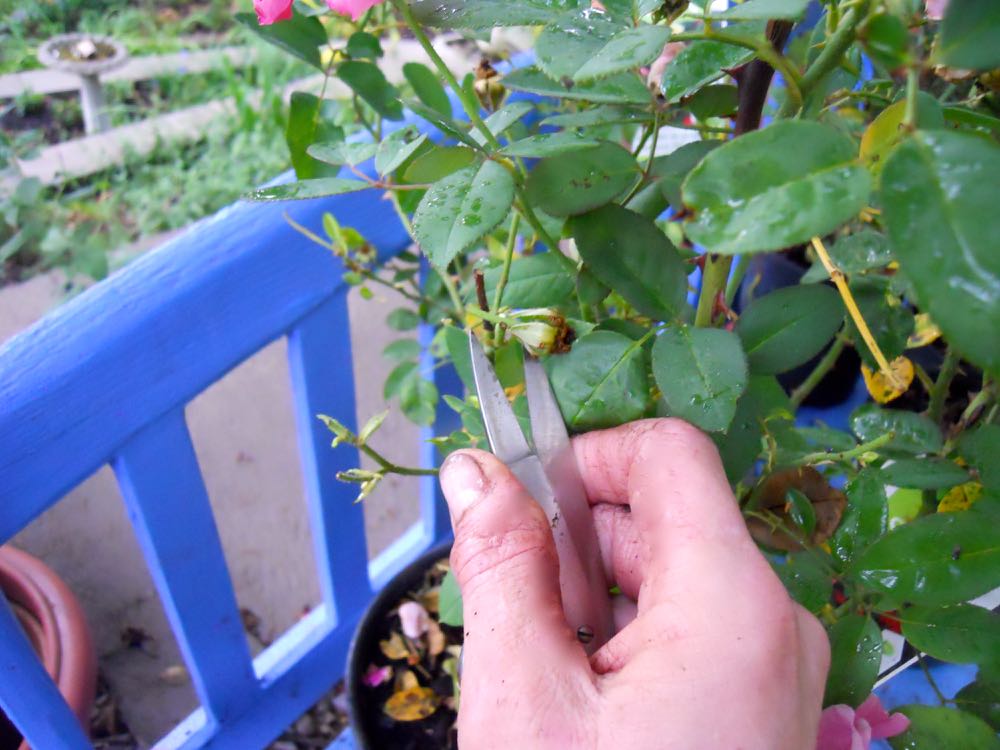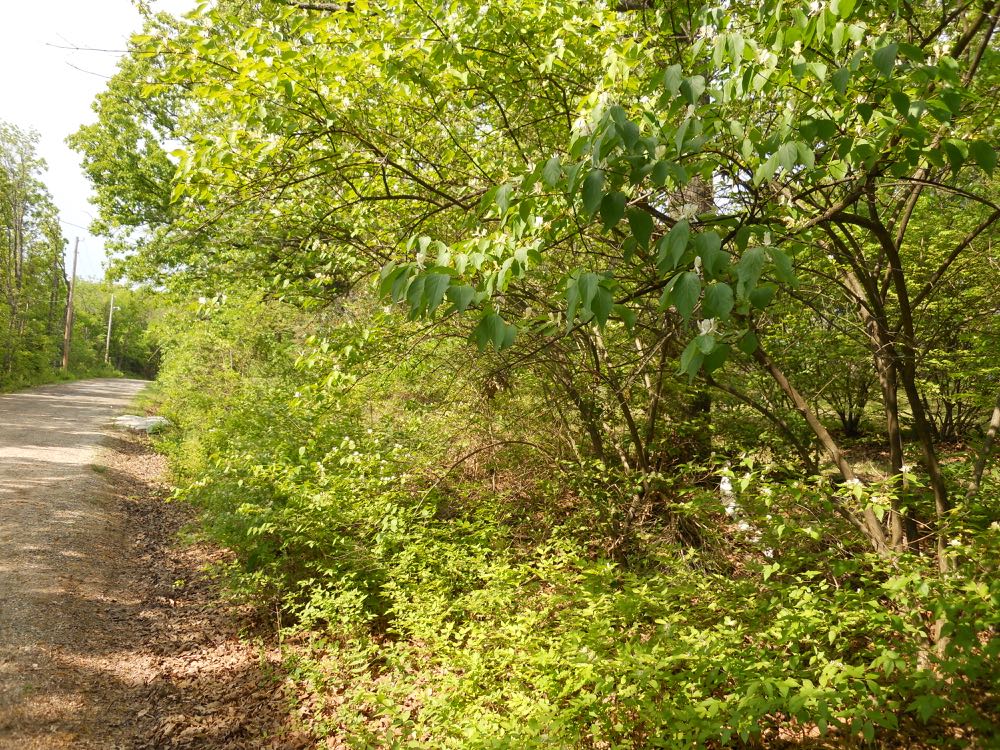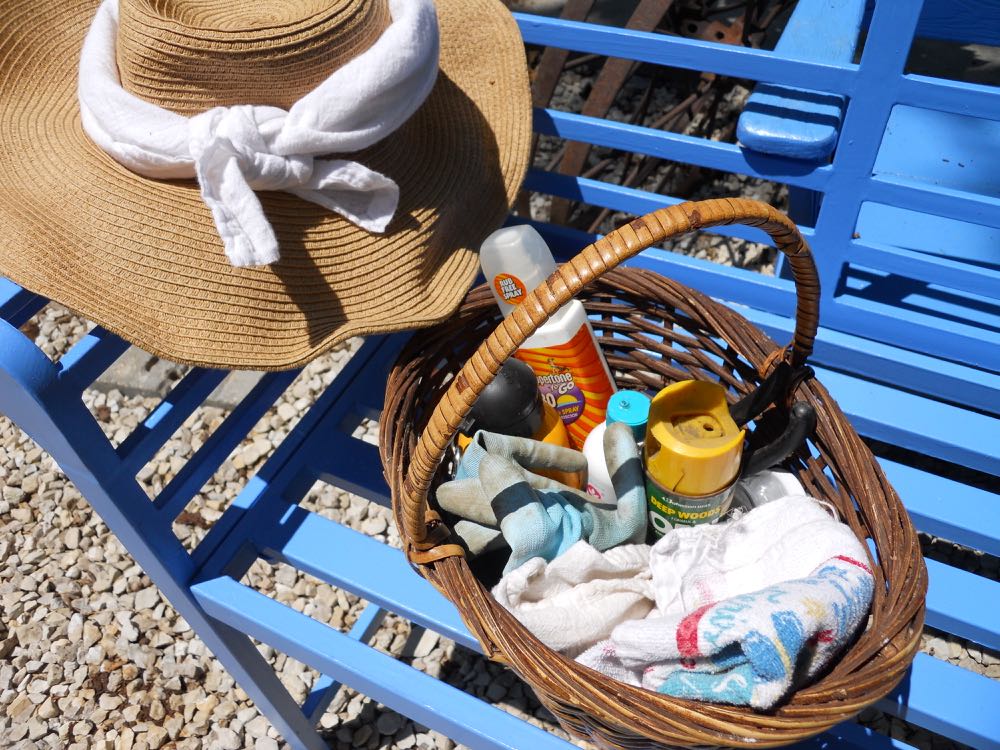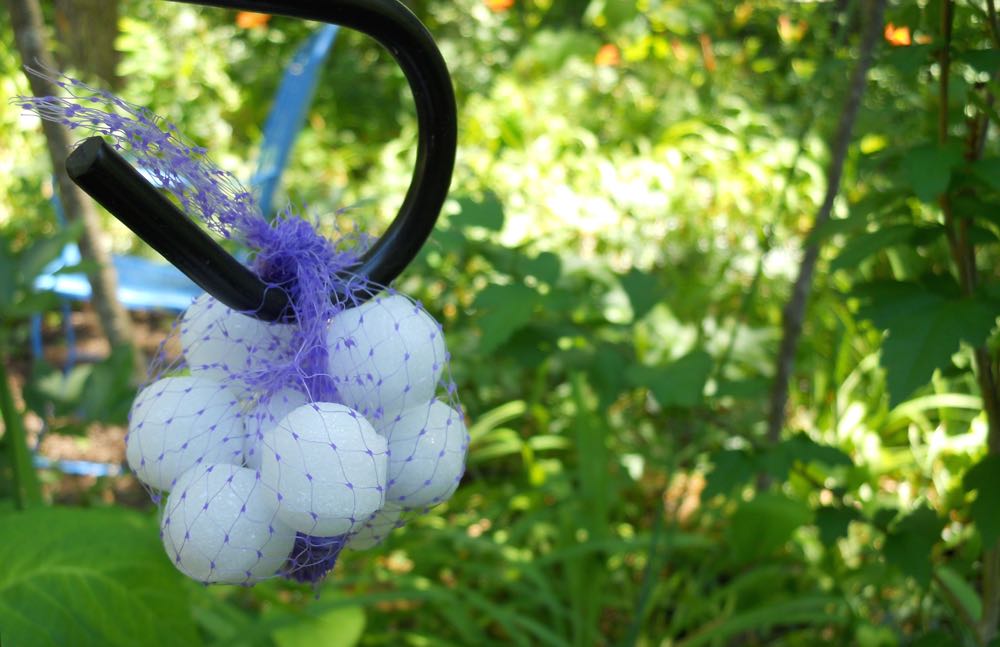Moving Time!
/Pick ax makes digging easier although I prefer to wait for a day after a good rain. These iris are ready to move to their new garden spot. (Photo by Charlotte Ekker Wiggins)
Moving Time!
It's not officially fall but late summer is the beginning of moving time in my garden. Peonies, iris, day lilies, daffodils and hardy hibiscus in particular better have their suitcases packed because this is when they relocate.
To make your plant moving easier, consider the following tips:
1. Know where the plants will end up. That means not only identifying the site but checking the soil, amending it if necessary, and preparing the site for the incoming plants including ample root space.
2. If in doubt, check the plants growing habits. Make sure you are not planting something that will grow tall where you don't want it.
3. Whatever you are moving, dig up the plant with soil around the roots. Moving soil will help minimize trauma to plant roots.
4. Water. Add moisture to where you will be digging as well as where you will be planting. Wet soil is easier to dig, which is why I time my digging sessions after a good rainstorm. You also need well hydrated soil when you plant or anything you plant will die.
5. Wait 2-4 weeks until all blooming has stopped before moving.
6. Check for bugs. If you have any bugs, treat with Neem oil spray, which absorbs into the plant to fight bugs from the inside. Do not move diseased plants or you will be spreading the issues. Mark the plants and periodically check them until the bugs are gone, then move the plants.
Once moved, some plants like these daylilies won't stand up straight. Don't worry, they will next year after they have settled in. (Photo by Charlotte Ekker Wiggins)
7. Have mulch handy. Mulching newly-moved plants greatly increases their chances of surviving the mood. Make sure the mulch is seasoned so that it doesn't burn delicate roots.
8. Make notes. Keep a little map or notes in your garden diary about where you planted items so you can check back next year. I can't tell you how many times I have moved plants, forgotten where I put them only to find them popping up a year or two later. I just found a catalpa tree I moved several years ago that survived and is now growing quite nicely. Plants will spend the first couple of years of their life growing strong roots. They will loose their green tops at the height of hot weather to survive. As long as their roots stay hydrated, the plants will survive.
9. Move on a cloudy, overcast day or late in the day so they don’t have to be stressed by full sun.
10. Check your new plantings. I periodically find a plant or two pushed out of their new holes by curious wildlife so ensure that they are staying where you put them.
11. Water daily for the first two weeks or more. To the plant this is a new growing environment so make sure you keep the soil nicely hydrated while the roots re-establish themselves. For some plants it can take several months.
12. Mulch. Once you know the soil is moist, add mulch. The mulch will help preserve the moisture but still check to make sure soil is hydrated.
13. Make notes of what other plants need to move.
These sprawling iris are settled into their new spot with water, mulch and a note in my garden diary. (Photo by Charlotte Ekker Wiggins)
One more note. Moved plants in the fall will not settle in and stand straight before the end of the season but they will next year when they grow in their new garden location. Just make sure their roots don't pop out while they are settling in.
Charlotte




